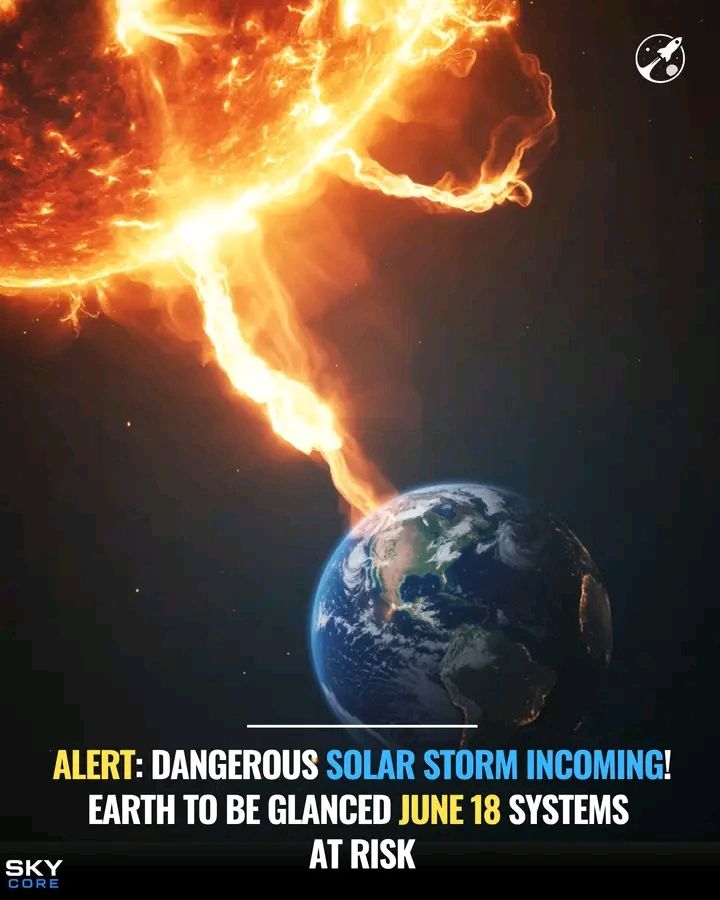
NASA unveils first ‘astonishing’ images of huge Sun eruptions that cause Northern Lights
The astronomical phenomenon never fails to stun Scots—and now we can see how it happens up-close.
By Fionnuala Boyle | 15:08, 11 June 2025
The Northern Lights are one of Scotland’s great natural spectacles, most visible in March–April and September–October. They occur when charged particles from the Sun collide with gases in Earth’s upper atmosphere near the magnetic poles, producing vivid displays of colour.
Those charged particles originate in coronal mass ejections (CMEs)—vast eruptions of solar material. For the first time, NASA has released detailed images showing these eruptions in action.
> “These first images are astonishing, but the best is still yet to come,” said Craig DeForest, principal investigator for NASA’s PUNCH mission at Southwest Research Institute in Boulder, Colorado. “Once the spacecraft are in their final formation, we’ll be able to routinely track space weather in 3-D across the entire inner solar system.”
A camera aboard one of PUNCH’s four spacecraft captured a CME rising above a blocked-out Sun, and the images—unveiled at the 246th American Astronomical Society meeting in Anchorage—have been stitched into a video that shows the eruption expanding as it travels through the inner solar system. In the sequence, Venus, Jupiter, Orion, the Pleiades star cluster and even the Moon appear as the CME sweeps past.
The images come from four coordinated cameras acting as a single “virtual instrument”:
Three Wide Field Imagers monitor the faint outer solar atmosphere and solar wind.
One Narrow Field Imager (NFI) is a coronagraph that blocks direct sunlight so scientists can study fine details in the Sun’s atmosphere.
NASA plans continuous 3-D observations of the Sun’s outer atmosphere and the space between the Sun and Earth. Better tracking of CMEs should improve space-weather forecasts, protecting satellites and communications—and giving sky-watchers in Scotland more accurate alerts for the next dazzling aurora.